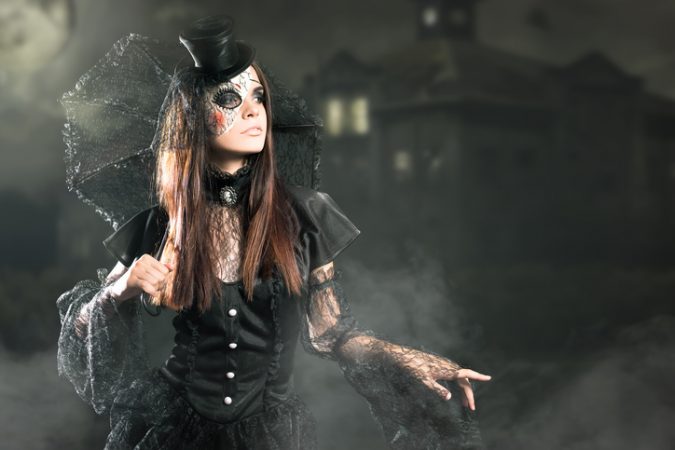An old native American proverb says, “tell me the facts and I’ll learn, tell me the truth and I’ll believe. But tell me a story and it will live in my heart forever.”
There’s no denying it – stories underpin nearly every aspect of life, and business dealings are no exception.
As a matter of fact, Ed Kirk, managing director of Loop Brands, believes branding is about engaging your target audience by telling them a story they can relate to.
The concept of branding dates back to 2000 BC when farmers watermarked their cattle to differentiate them in the marketplace.
Although the purpose of branding still hinges on marking out a unique selling point, for business owners today, the art of differentiation encompasses much more than logo.
“It’s the “emotional brain” that compels someone to make a purchase – not the facts and figures,” says Ed. “Science doesn’t sell – emotion does and that’s where branding comes into play.”
Ed Kirk shares his tips for effective brand storytelling with SPA+CLINIC:

Once Upon a Time
Every story starts with an idea. This is why it’s important to clarify your reason for starting up before defining any graphical element of your brand.
“Business goals aren’t necessarily financial – many people start businesses simply because they want to do something great, that they believe in,” Ed says.
“To start telling the story of your brand you need to look from the outside in – start by asking yourself questions such as, what are your problems and what are you trying to achieve?
“When you’re a business owner, and you’ve built a career from your passion, it can be easy to get caught up in the day to day trials and tribulations and lose focus on why you started.
“Once you truly understand your motivation you have the “beginning” of your brand story.”

Understand Your ‘Readers’
Before you begin to craft your story it’s important to know the defining characteristics of your readers (i.e) your target audience) – and empathise with them whole-heartedly.
“People make purchases that reflect their own personality and make them feel good about themselves,” Ed explains.
“If they want to project wealth they may aspire to brands like Porsche or Tiffany’s because it mirrors their aspirations.
“Analyse the characteristics of your ideal client – are they wild, are they conservative, are they teenagers or are they parents?
“Immerse yourself in their culture – attend events that appeal to them, educate yourself on their little habits.
“This will force you to step into their shoes and honestly understand what motivates them.”

Craft a Compelling Character
Once you’ve put yourself in the shoes of your target audience, you can shape the personality of your business to not only resonate with them, but reflect them too.
“Consider your defining character traits as a person including who you aspire to be – and what makes you different from your competitors,” Ed advises.
“Do you want your audience to see you as a rebel, someone who is wise or someone who is conservative?
“Knowing who you are will drive the brand experience – if you position yourself as “the sage” among your competitors then this should be reflected throughout your entire brand experience.”

Make Your Narrative Believable
After establishing the personality traits of your business (and who you are engaging) it’s time to ‘brand’ your story.
This isn’t only about having an attractive logo or a beautiful website, rather, it permeates every aspect of your business.
From your phone manner to the way you handle complaints, Ed says to convey an authentic brand messaging you have to “walk the talk”.
“Address your internal culture before tweaking your veneer or any aspect of the way your business looks,” he elaborates.
“Your brand story is a road map for how you talk to people – it will dictate whether you sound like an encyclopaedia or do you sound like a kids magazine.
“For example, if you’re positioning yourself as wise or sage, your website may be fact-heavy and feature blogs with expert advice.
“However, if you’re positioning yourself as a rebel (against your competitors) you might have a talk about tattoos – if you do, why not invite both your team and customers along?
“Make sure you show off your personality at every opportunity, from your social media messages to your Christmas party, be creative but consistent.”
*Ed Kirk is the managing director at Sydney branding agency Loop Brands. His favourite part of the job is building great client relationships. He lives by the motto ‘that the one constant is change’ and applies this idea to drive innovation, finding creative solutions to client problems.




